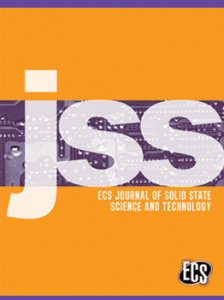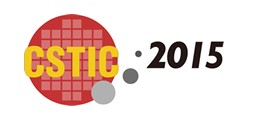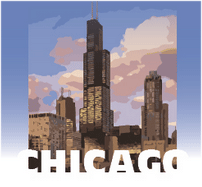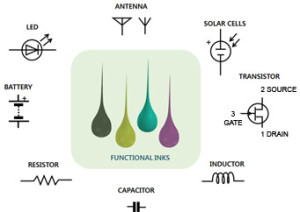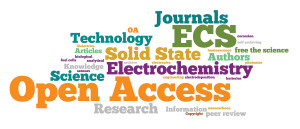
On September 10th, sites across the web will display an alert with a symbolic “loading” symbol and promote a call to action for users to push comments to the FCC, Congress, and the White House.
Today a group of popular websites that rely on speedy Internet have launched an online protest against proposed changes to “net neutrality.” They call themselves Team Internet and are comprised of popular websites, such as Netflix, Vimeo, Reddit, and WordPress – just to name a few.
The protest aims to fight policy changes via the U.S. Federal Communications Commission that would overturn a 2010 ruling that required Internet service providers to treat all web traffic the same.
This from TIME:
Since May, the FCC has been weighing changes to its regulations on “net neutrality” — the 2010 rules requiring Internet service providers to treat all web traffic the same. The changes would allow cable companies to grant paying customers faster service, but ban them from slowing down, or throttling, the access of nonpaying companies. The FCC has already lost two court cases brought by cable companies who have challenged the legality of its existing net-neutrality rules.
ECS fights a similar battle in the realm of publication. In order to avoid the dissemination of science and research that creates a world of haves and have-nots, ECS fully supports open access publishing.
Find out more about open access and check out our Digital Library to find the latest published OA pieces.


